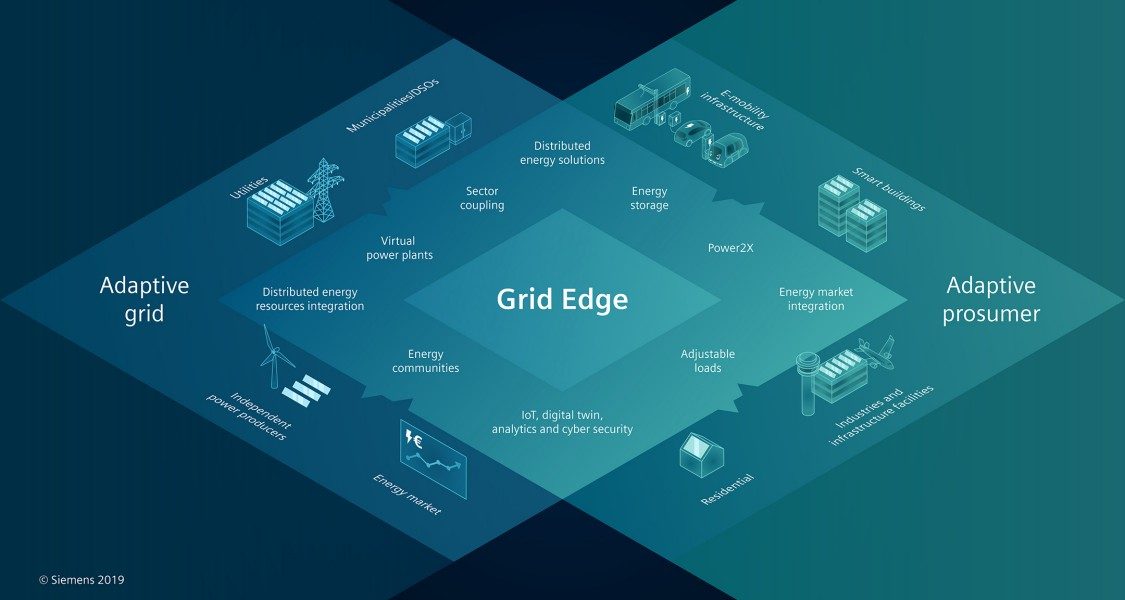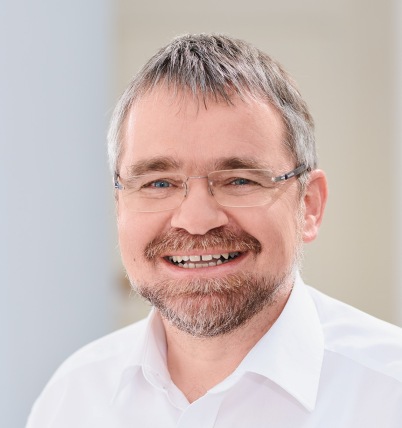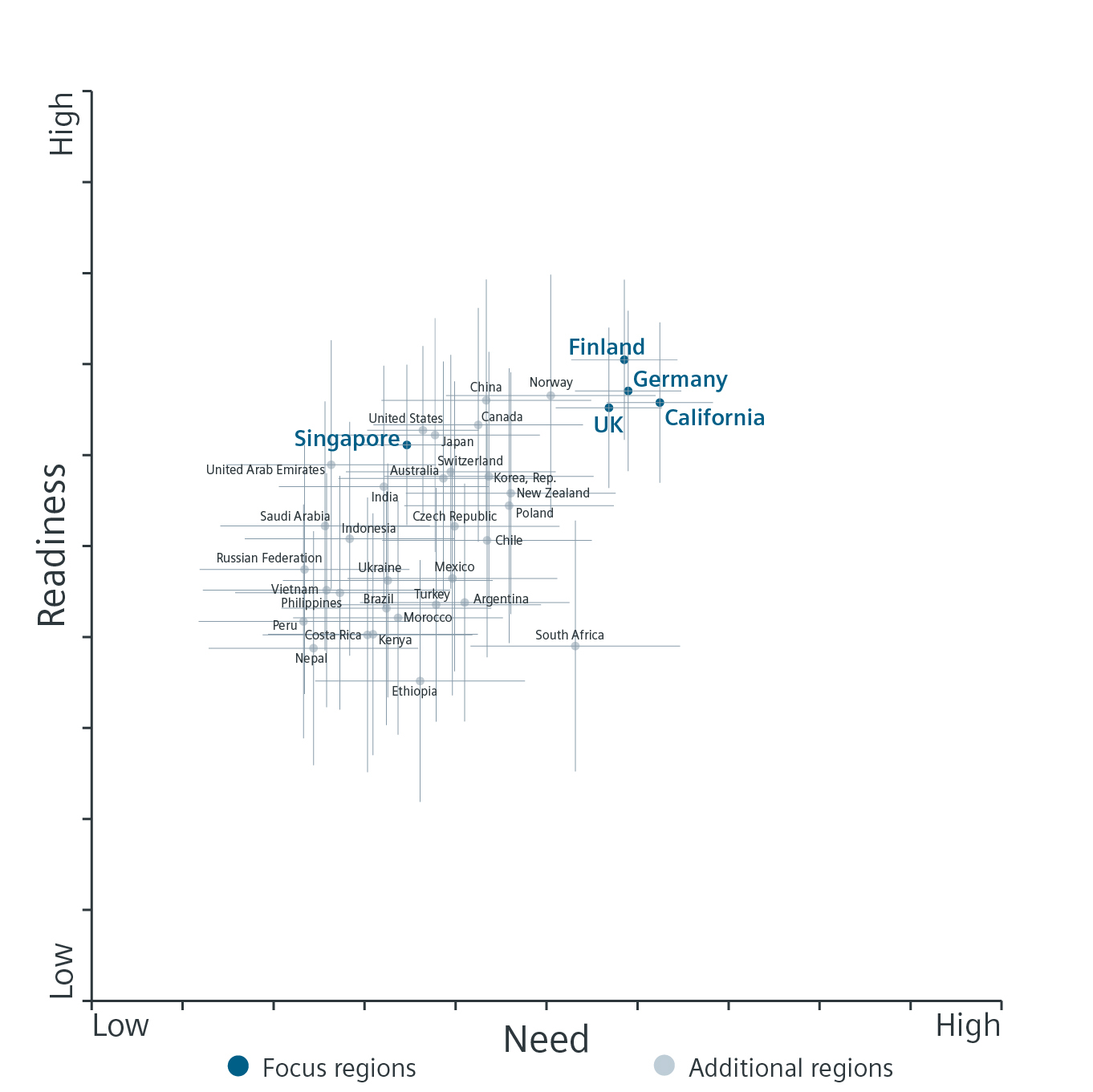Assessing need and readiness for energy transition: Siemens releases study
- November 26, 2020

In a joint research project, Siemens Smart Infrastructure, Technische Universität Berlin (Germany) and University of Oxford (UK) have defined a comprehensive index to assess the opportunities and barriers for grid edge solutions.
Grid Edge is the interface between energy supply and energy demand.
Significance of Grid Edge
In the effort to mitigate climate change, global energy markets are changing for good. Energy generation is increasingly relying on renewables, and formerly passive consumers are becoming active prosumers. For this energy turnaround to succeed, the Grid Edge – the interface between energy supply and energy demand – is more important than ever. Grid edge technologies are crucial to support the energy transformation. They encompass a wide range of technologies, from electric vehicles to heat pumps, solar panels, and smart meters to apps which allow remote control of appliances.
According to Michael Weinhold, CTO at Siemens Smart Infrastructure, “There is no one-fits-all blueprint for the energy transformation. Many factors influence which solutions are appropriate for a region, and how ready a country is to deploy them at scale,”
Scope of the study
The three partner organizations analyzed 36 countries worldwide for their grid edge readiness and needs. The results have just been published in a white paper which discloses grid edge scores for each country. “To know the need and readiness for grid edge technologies in a specific geography can be extremely valuable for companies and governments alike,” says Weinhold. “For instance, regulatory frameworks can encourage and even accelerate corporations’ energy transformation activities.”
Apart from the five focus countries — Finland, Germany, Singapore, the UK, and California (US) — the study analyzes 31 additional countries on every continent, among them nations with huge populations such as China, India, and the Russian Federation, but also less populated countries like Canada, Norway, South Africa and Switzerland.
India: High readiness

India, it may be mentioned, is part of the 36 countries studied. India features with relatively high readiness but “low need”. When asked to discussed India’s situation at a recent virtual media roundtable, Michael Weinhold observed, “Political readiness is primarily driven by India’s public sector. It has shown strong willingness to invest in clean energy initiatives in recent years but is hindered by factors related to resilience of public institutions.”
Social readiness includes acceptability where India scores higher than average of countries studied; affordability (mixed, low costs make electricity access within reach for significant portions of the population, but still not affordable by many), and other factors like the skill level of the population to engage with these decentralized grid edge solutions are in the middle in comparison to other countries.
Economic readiness is driven by economic growth trends, investment climate, and the need to develop and increase access to specific markets for flexibility.
Returning to the question, Weinhold noted, “India sits right in the middle of the countries analysed on the economic health but scores below average on market barriers and relevant markets as there is low competition in the electricity market and the flexibility market in this region is in its nascent phase.”
What drives need for Grid Edge
Need for grid edge comes from needing flexibility to deal with both increasing solar penetration and grid reliability issues. Some future need comes from decarbonization and renewables targets, some from projected growth in energy demand and electricity demand. Despite the presence of dispatch-able generation, ambitious renewable targets are likely to drive future need in this region.
Focus on five countries
The white paper focuses on Finland, Germany, Singapore, the UK, and California (US). These regions were selected because they have been at the forefront in developing and adopting modern energy technologies in the past. The research found that Finland is the country with the highest readiness, in part due to its plans for a flexibility market and high carbon price, while California has the highest need, in part due to its solar panel penetration. Germany and the UK follow closely behind, while Singapore, although exhibiting high grid edge readiness, presents a lower need, partly due to moderate ambitions for introducing renewables into its future energy mix.
The white paper with detailed research results may be accessed here. The summary of energy transition need and readiness of the 36 countries studied is presented in the following visual.



